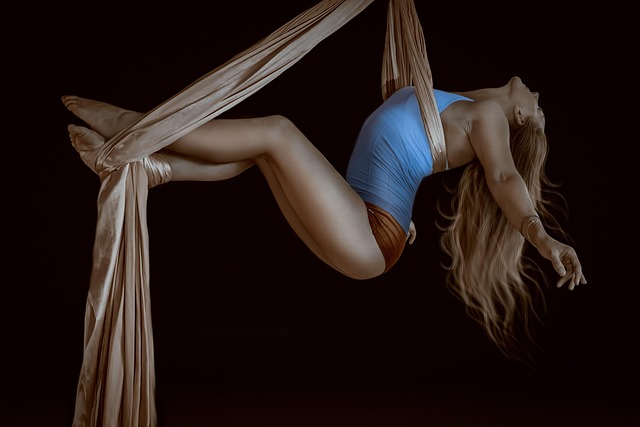In an age where streaming TV is as commonplace as our morning coffee, it’s crucial to address a seamless yet often overlooked aspect of our digital consumption: copyright. The technological landscape is evolving at an unprecedented pace, influenced heavily by the innovations in display technology and the way we visualize content on our monitors. As viewers, we often get caught up in the excitement of the next binge-worthy series or live sports event, overlooking the implications that copyright has on our viewing experiences.
Streaming platforms have revolutionized how we consume media. Services like Netflix, Hulu, and Amazon Prime have made it incredibly easy to access a vast library of content with just a click. However, this shift towards digital consumption raises important questions about copyrights. As consumers, understanding copyright is paramount. It not only affects what we can watch but also highlights the importance of supporting creators whose work we enjoy.
Visual storytelling has taken a new turn with advancements in display technology. The clarity and vibrancy of images on high-definition monitors allow us to immerse ourselves fully in the narratives presented. However, all this stellar visualization is backed by countless hours of creative work that is protected under copyright laws. Each time you hit play, you are stepping into a delicate world where creators’ rights must be respected alongside our viewing pleasures.
The complexity of copyright in the streaming era further complicates our relationship with digital media. When you stream a show, you’re often unaware of the intricate web of licensing agreements that make it possible. This ignorance can lead to misunderstandings, not just about what you can and cannot view, but also regarding the legality of certain types of content sharing. As a viewer, it becomes our responsibility to navigate these waters thoughtfully and ethically.
Copyright issues extend beyond the streaming service agreements; they echo in the personal choices we make about sharing content. Many viewers may ponder sharing their favorite shows on social media or discussing plot twists in online forums. While it’s natural to engage in conversations that involve shared interests, it’s crucial to remain cognizant of copyright laws that govern these activities. Missteps can lead to broader implications, complicating the very industry we find so entertaining.
Innovative technologies have paved the way for a more engaging viewing experience, from virtual reality headsets to interactive displays. Yet, as we dive into this world of immersive content consumption, the need for a robust understanding of copyright becomes even more pressing. After all, the more we explore the potential of these technologies, the more we must uphold the rights of those who create the digital content we love.
Moreover, as streaming continues to replace traditional television, the conversations surrounding copyright must evolve as well. Audience expectations shift rapidly, and with this, the legal frameworks that support creative industries must keep pace. This is where the collective voice of viewers becomes powerful—it can influence policy changes and reinforce the notion that while we seek the thrill of new content, we must advocate for the rights of creators in this dynamic landscape.
Let us embrace this era of streaming with a conscious mind, ensuring that our journey into digital visualizations does not come at the cost of neglecting the labor and rights of those who craft the stories we adore. Copyright isn’t just a legal term; it’s the lifeline that allows creativity to flourish in our TV-watching habits. As we dive deeper into the vast ocean of streaming content, let us all navigate these waters with respect, knowing that with each click of the play button, we are partaking in a larger conversation about ownership, rights, and the future of entertainment.




